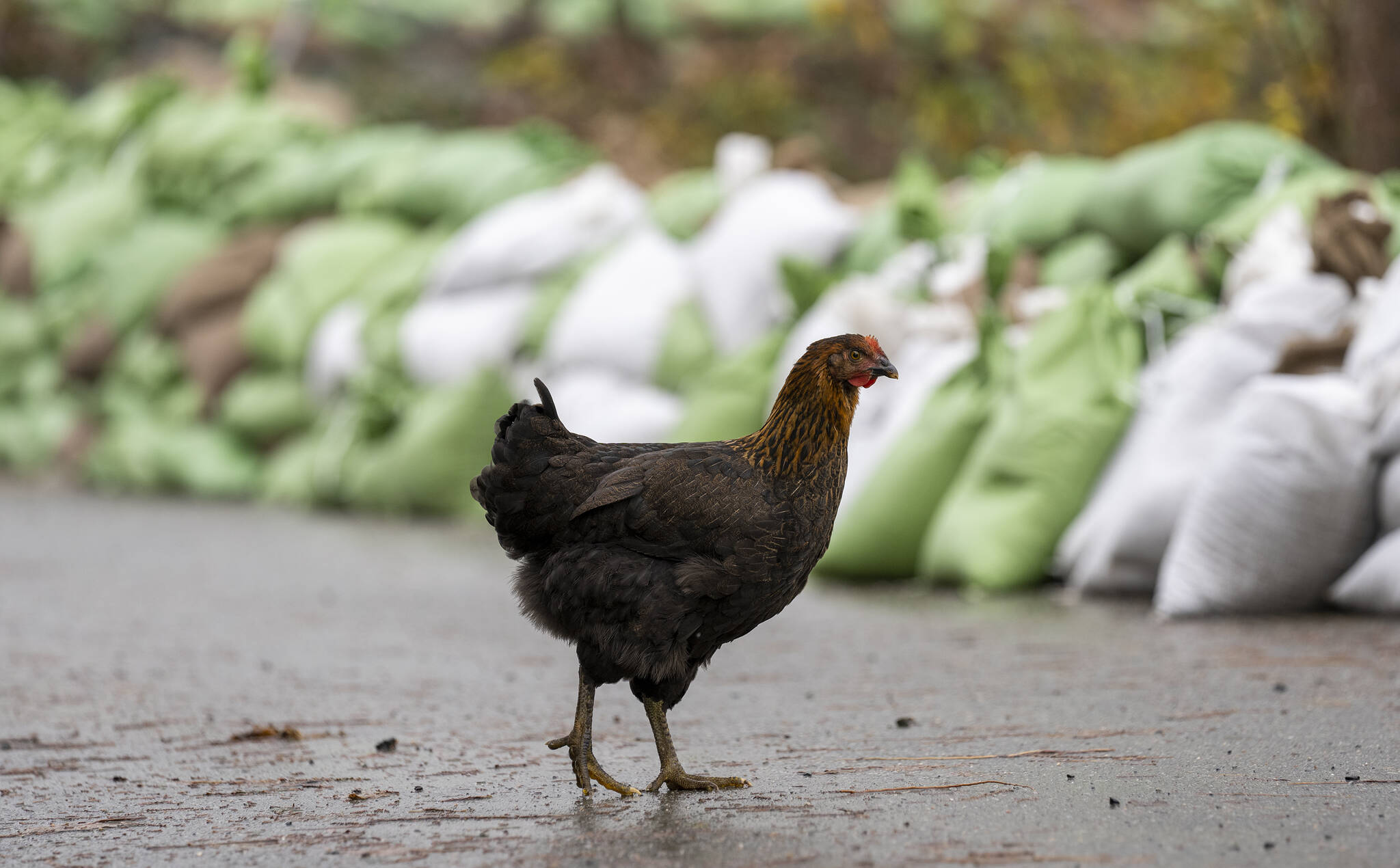As farmers clean up after a series of storms hit southern British Columbia, an industry official and operator say some will be forced to leave the industry as costs pile up.
A series of “atmospheric rivers” in mid-November forced thousands from their homes and left at least four people dead.
Gary Baars, who owns a dairy farm in the Sumas area of Abbotsford, said he decided to get his cows off his property early after a cousin called about his own flooding experience.
At the time, his property was dry and Baars said people driving by laughed at his pre-emptive measure.
That laughter soon turned into requests for help, with Baars saying he was fielding up to 100 calls an hour from farmers trying to save their livestock as water levels rose.
All but one of his cows survived the eventual flooding.
However, Baars said other farmers were already facing a tough future as many had little feed for their animals due to B.C.’s record-breaking heat waves in the summer.
That, combined with the flooding and inflation, has reduced profit margins, Baars said.
“Hay prices are high everywhere,” he said. “I kept thinking it was a bit of a bubble but between inflation, increased fertilizer and fuel prices and a lack of supply, there’s going to be a serious feed shortage.”
Baars said many in the dairy industry have a lot of debt and this past year has been tough on farmers.
“I could definitely see some people saying, ‘You know what, I’m equity rich and cash poor and this is a good time to get out of this racket,’” he said.
Agriculture Minister Lana Popham has said 628,000 chickens, 420 dairy cattle and roughly 12,000 hogs died in the Sumas Prairie after historic flooding left some properties two and a half metres under water.
More than 6,000 dairy cows were transported from affected farms to others safe from flooding.
Sarah Sache, vice-chair of the BC Dairy Association, said Baars’ concern is one her group is monitoring.
“It’s going to be a turning point for some farms if they continue in the industry,” she said.
It will likely depend on what stage of their career farmers are in to determine whether they continue, Sache said.
Finding appropriate feed for livestock will also have a large impact on farmers’ livelihoods, she said.
She noted that farmers on the Sumas Prairie had low stores of feed and many of their supplies were damaged in the flooding.
“Sourcing feed of the quality those farmers would’ve provided and finding sources of that will be hard,” she said. “The feed issue is going to be a big challenge across the industry.”
Later Friday, B.C.’s agriculture minister and her federal counterpart are touring a poultry farm that was flooded and were expected to address recovery and rebuilding efforts.
Nick Wells, The Canadian Press

